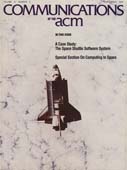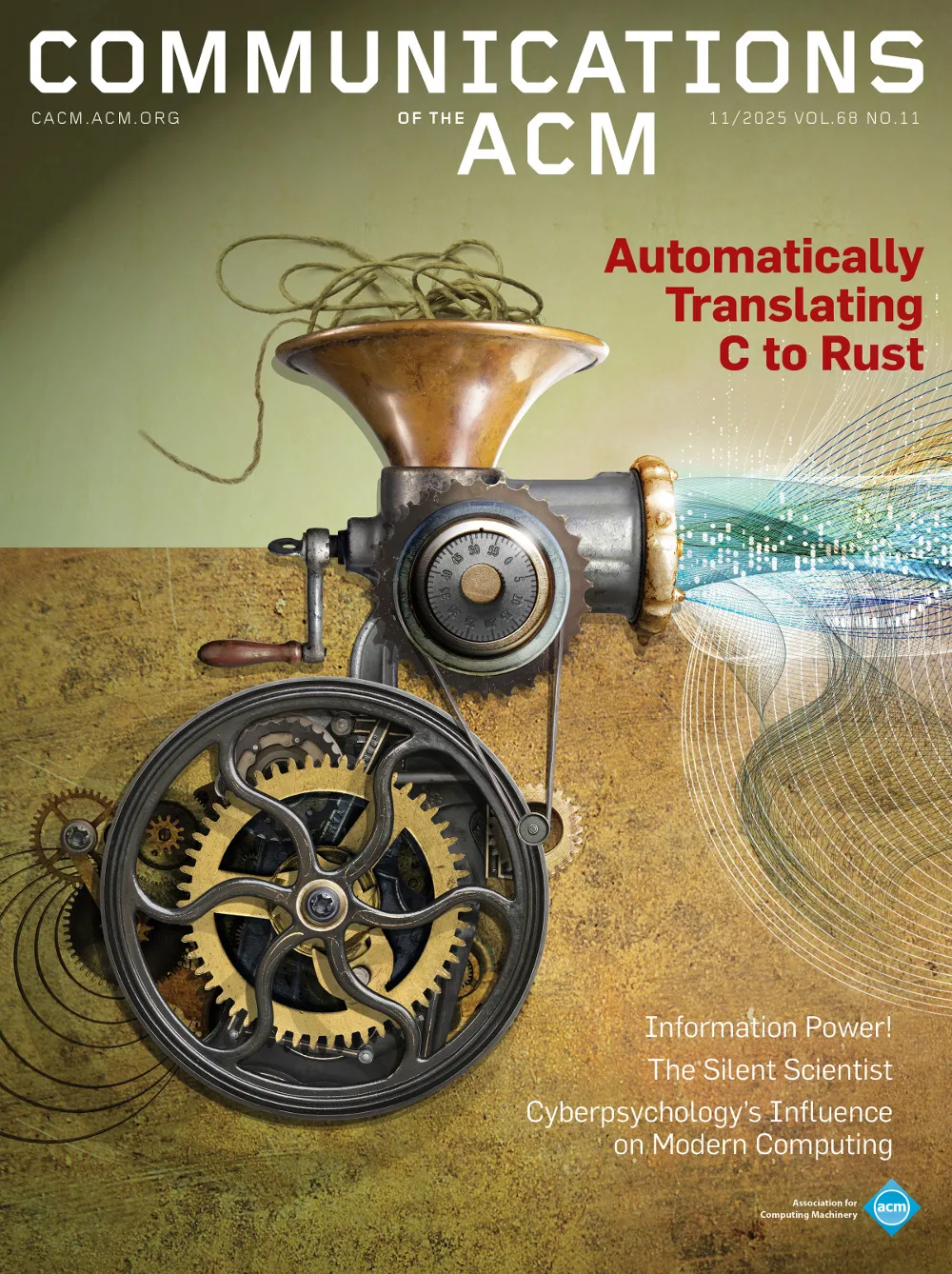September 1984 - Vol. 27 No. 9

Features
The American Association for the Advancement of Science (AAAS) has recently passed a resolution opposing “continuing governmental efforts to restrict the communication or publication of unclassified research.” This statement reaffirms an AAAS resolution passed in 1982, which was against “governmental restrictions on the dissemination, exchange, or availability of unclassified knowledge.” According to the AAAS Committee on Scientific Freedom and Responsibility, the second resolution was prompted by what the society considers excessive Administration efforts to prevent export of U.S. technology to Soviet bloc countries. These measures include requesting prepublication review of unclassified technical papers, inhibiting communication of unclassified scientific research in university classrooms and research laboratories, limiting foreign student access to university research projects and results, censoring technical papers at professional society meetings, and restricting otherwise unclassified meetings to U.S. citizens.
Development and application of NASA’s first standard spacecraft computer
To provide the autonomy needed by low, earth-orbiting satellites, NASA's first standard on-board processor requires changing only interfacing hardware from mission to mission.
Design, development, integration: space shuttle primary flight software system
The development of Space Shuttle software posed unique requirements above and beyond raw size (30 times larger than Saturn V software), complexity, and criticality.
Architecture of the space shuttle primary avionics software system
PASS, perhaps the most complex flight computer program ever developed, epitomizes the benefits to be gained by establishing a well-structured system architecture at the front end of the development process
A software design method for real-time systems
DARTS—a design method for real-time systems—leads to a highly structured modular system with well-defined interfaces and reduced coupling between tasks.
Hardware protection against software piracy
A system that prevents illicit duplication of proprietary software is suggested. It entails the customization of the programs for each computer by encryption. The use of a public key cryptogram for this purpose means that anyone can customize programs, but neither other programmers nor the people having complete access to the target computer can obtain copies that will run on other machines. A possible implementation of the system is considered in some detail. It is based on a hardware security unit that is attached to the computer and that decrypts and obeys some parts of the program.



